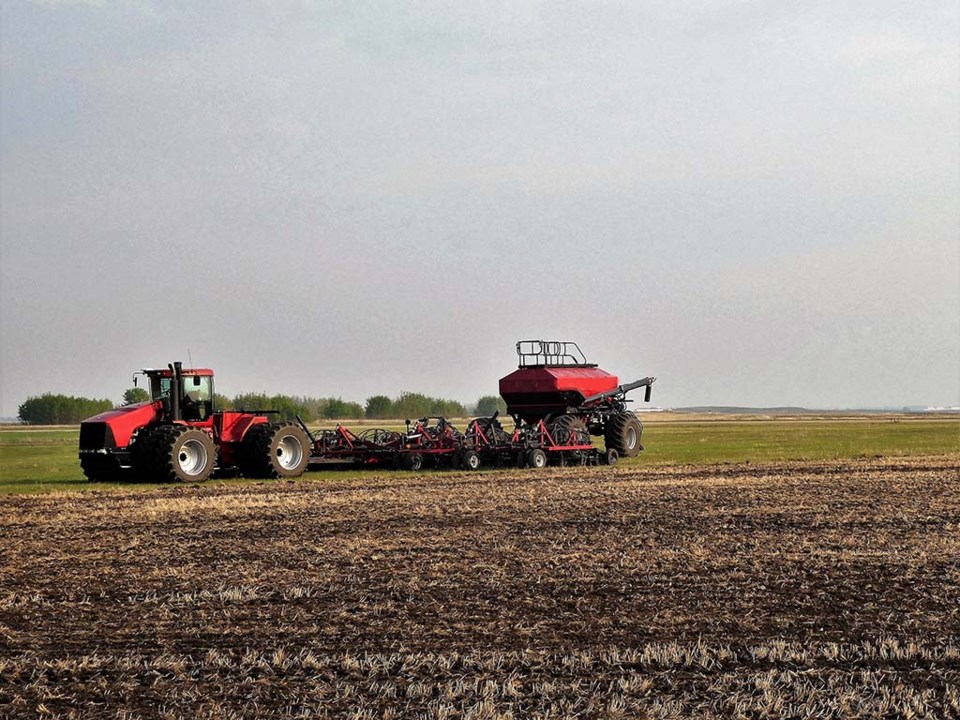YORKTON -
Ever come upon a tidbit of information that apparently is new, but you would have expected to have been the norm for quite some time?
A recent visit to www.producer.com there was an article under the headline: ‘Telepathology’ unites vets and specialists.
The idea of ‘telepathology’ is basically using video to connect on-site practitioners with experts.
“Using video conferencing technology, researchers with the University of Calgary Faculty of Veterinary Medicine found that connecting specialized pathologists with in-the-field large animal veterinarians in real time delivered a definitive diagnosis for dead cattle 98 per cent of the time,” explains the article.
So the concept seems so obvious I would have thought it was being used for years.
We’ve had remote education through radio in places such as Australia for decades, and while we think of video connect as a huge thing, it’s really just a step on the same pathway to connectivity.
I know as a humble journalist the use of things such as WhatsApp, and Zoom are things I am still getting used too, and honestly seeing someone on Zoom doesn’t exactly enhance interviews anymore than a humble phone call.
But when it comes to something where visuals are important video-conferencing is a great thing.
In this case an expert can get an actual look at the carcass of the animal being autopsied. That has to be huge in providing those involved with more accurate appraisals of what may have happened to the animal.
It’s really not so different from human doctors connecting via computer. In some cases a call might be sufficient, but getting a real-time visual has to be a bonus in many cases.
Now certainly the quality of picture in most video conference calls I have been involved was bad, so the software being used by veterinarians in this case have to be far better.
But such tech is never just about use today.
Tech is developing, improving, being refined quickly, so what we have today will soon be out-of-date to something better.
The better the visuals are, the better diagnostics will be.
Ultimately, it’s just another example of how science and technology is rapidly evolving as tools for varied sectors – agriculture most definitely one of them.
It is both exhilarating and yes, a bit scary, to think what will emerge but it is a path we must continue to travel to ensure a better future for farming and humanity.






